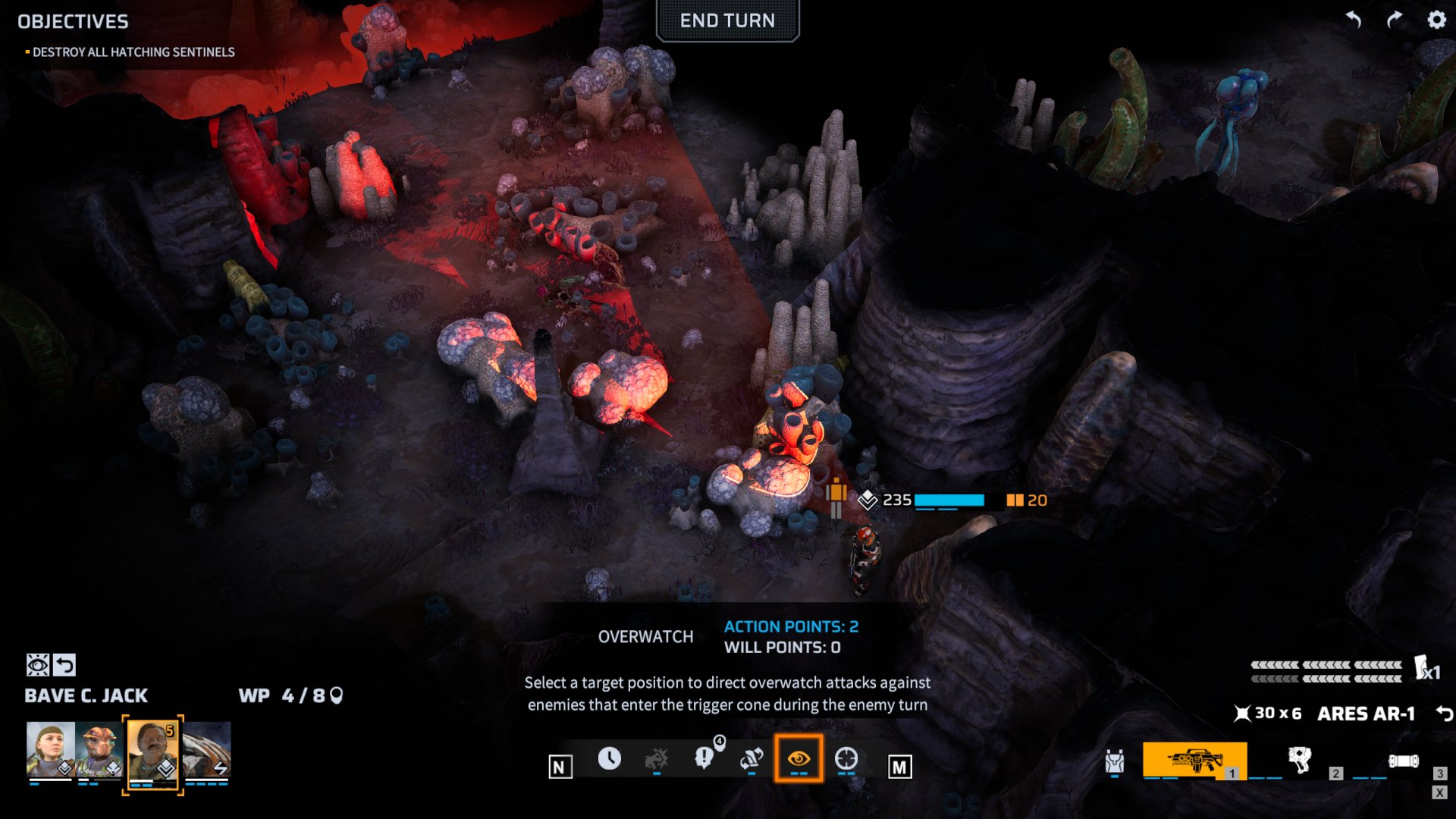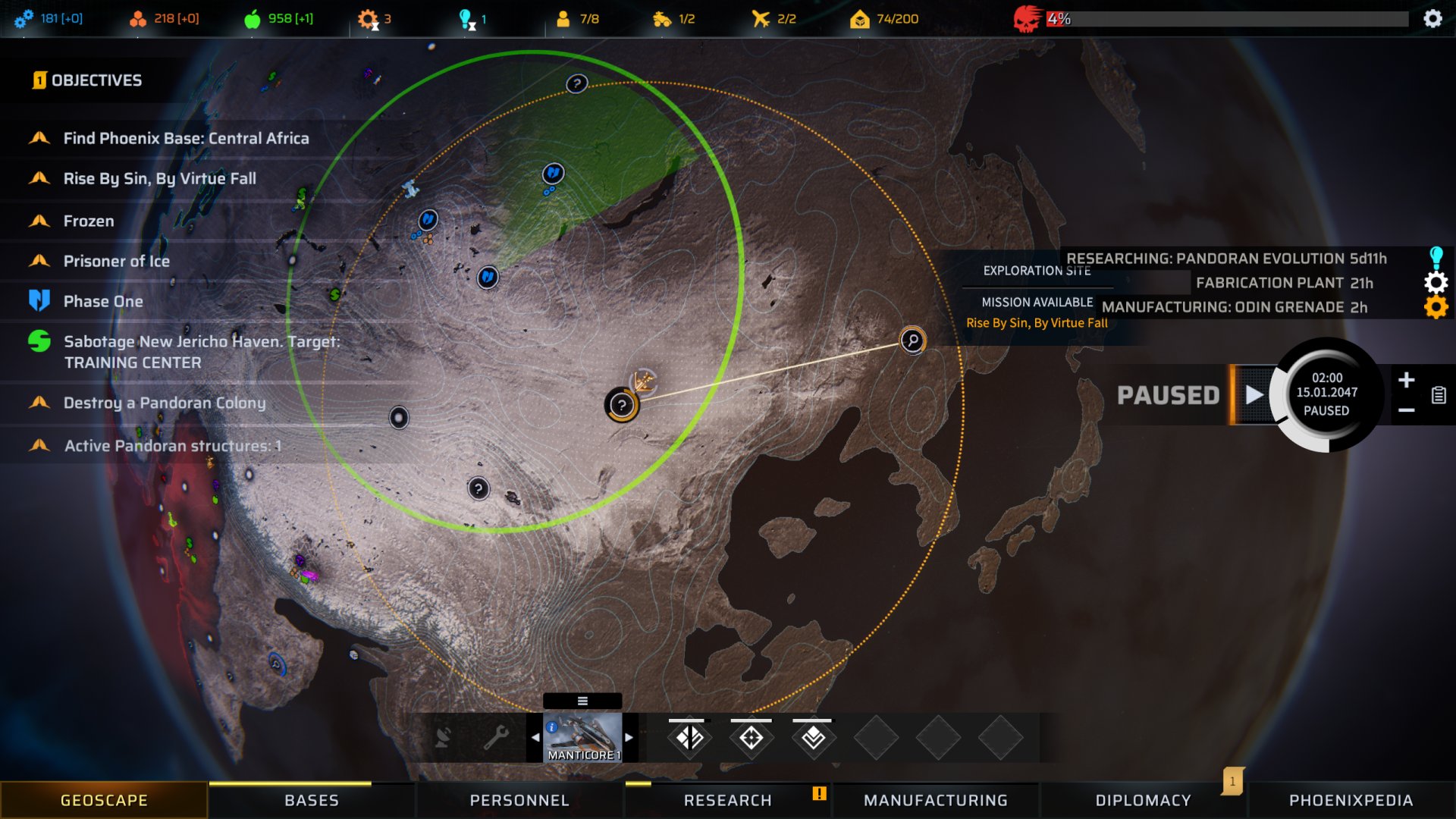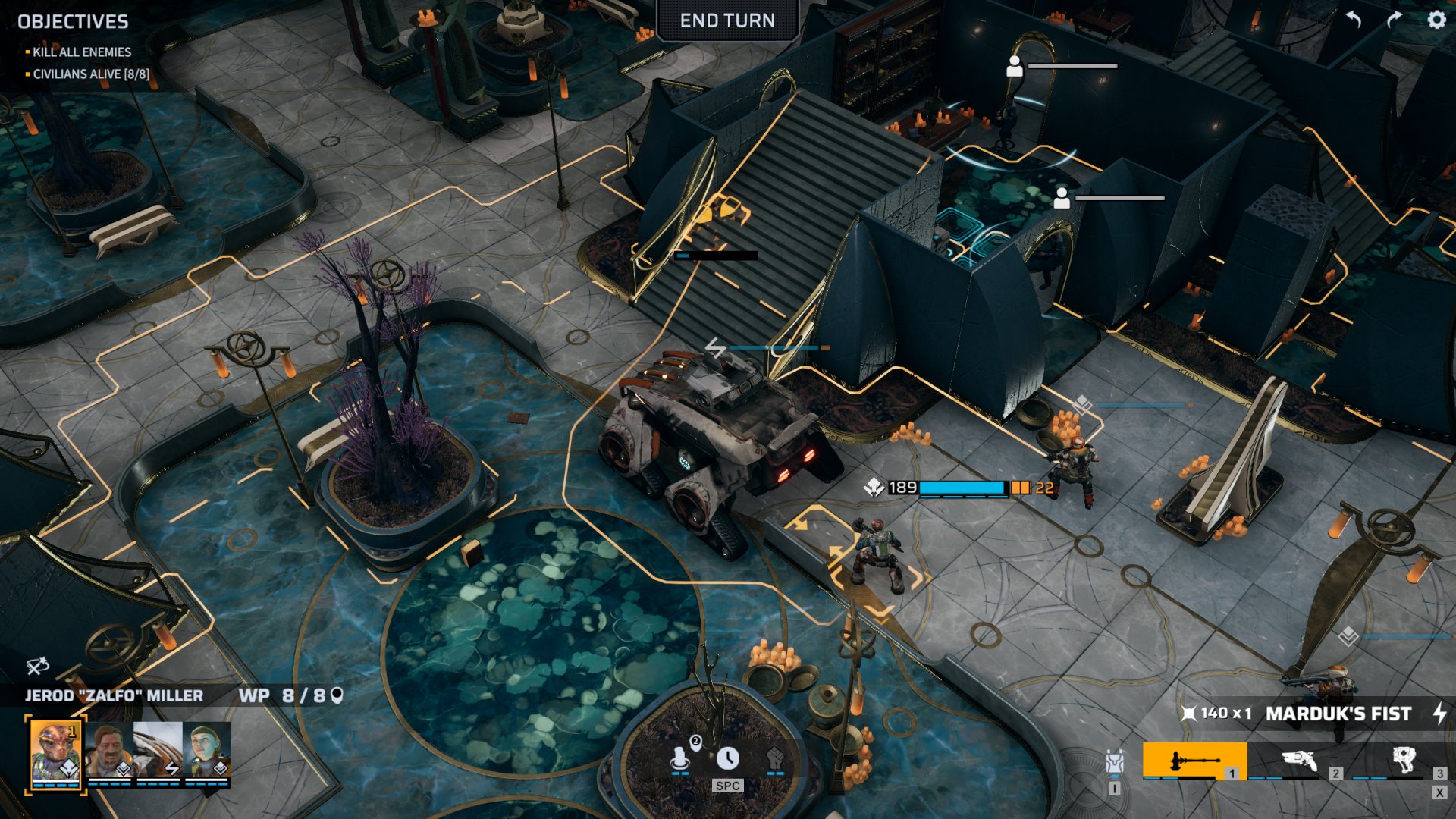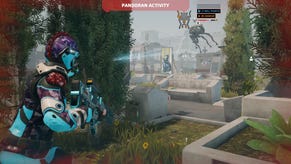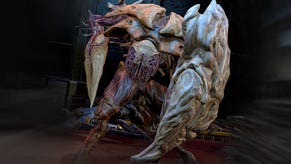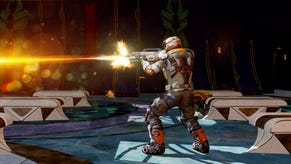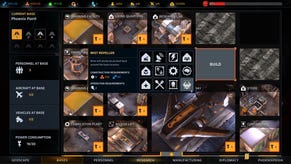Wot I Think: Phoenix Point
Creature creep
Please stay in your seats if, at times during this review, you notice a presence in the shadows. Don’t be alarmed, in fact, should you notice a silhouette wearing a suit and tie - he’s just here to make his influence known. And if he seems familiar, there's a good reason: the council of XCOM looms over Phoenix Point, and they won’t let you forget it. This is a game about resuscitating an intergovernmental military force dedicated to stopping a global invasion. Where researching the adversary and its weapons gives you a fighting chance to turn the tide. Where the only way to meet the threat is down on the ground, with a few good soldiers arrayed against enemies unknown.
Phoenix Point would be easily dismissed as mimicry, were it not directed by Julian Gollop, the designer of the original, 1994 X-COM. After all, it’s difficult to begrudge a man leapfrogging the developers he’s inspired. What elevates this game beyond a victory lap, however, are the ways in which it undoes the streamlining of the turn-based tactics genre.
The great realisation that Firaxis came to, during its long and near-abortive attempt to reboot X-COM into XCOM was that many of the game's systemic elements could be replaced by discrete choices: three cities are burning, which do you save? Do you move and shoot, or sprint for cover? Every decision became meaningful and easily digested, like the unprotected brain of a squaddie.
Phoenix Point straight-up reverses a lot of that design process, unpicking XCOM’s neat threads and leaving a pile of knotted fibres on the floor. Soldiers no longer have two moves, but an allotted pool of action points that deteriorates by fractions with every shot, saunter, or fiddle in their inventory. Something as simple as their speed can be affected by gaining stat upgrades, or becoming over-encumbered, or being shot in the leg, or performing a dash using a different pool of points, or one of the other factors that slipped straight over the lip of my brain into the overflow tray.
It’s a painful level of granularity to wrap your head around. Basics like the recruitment of troops and the provisioning of fresh ammo go unexplained. And the explanations that do come sometimes leave you wishing developer Snapshot hadn’t bothered. One loading screen message left me frowning for upwards of a minute:
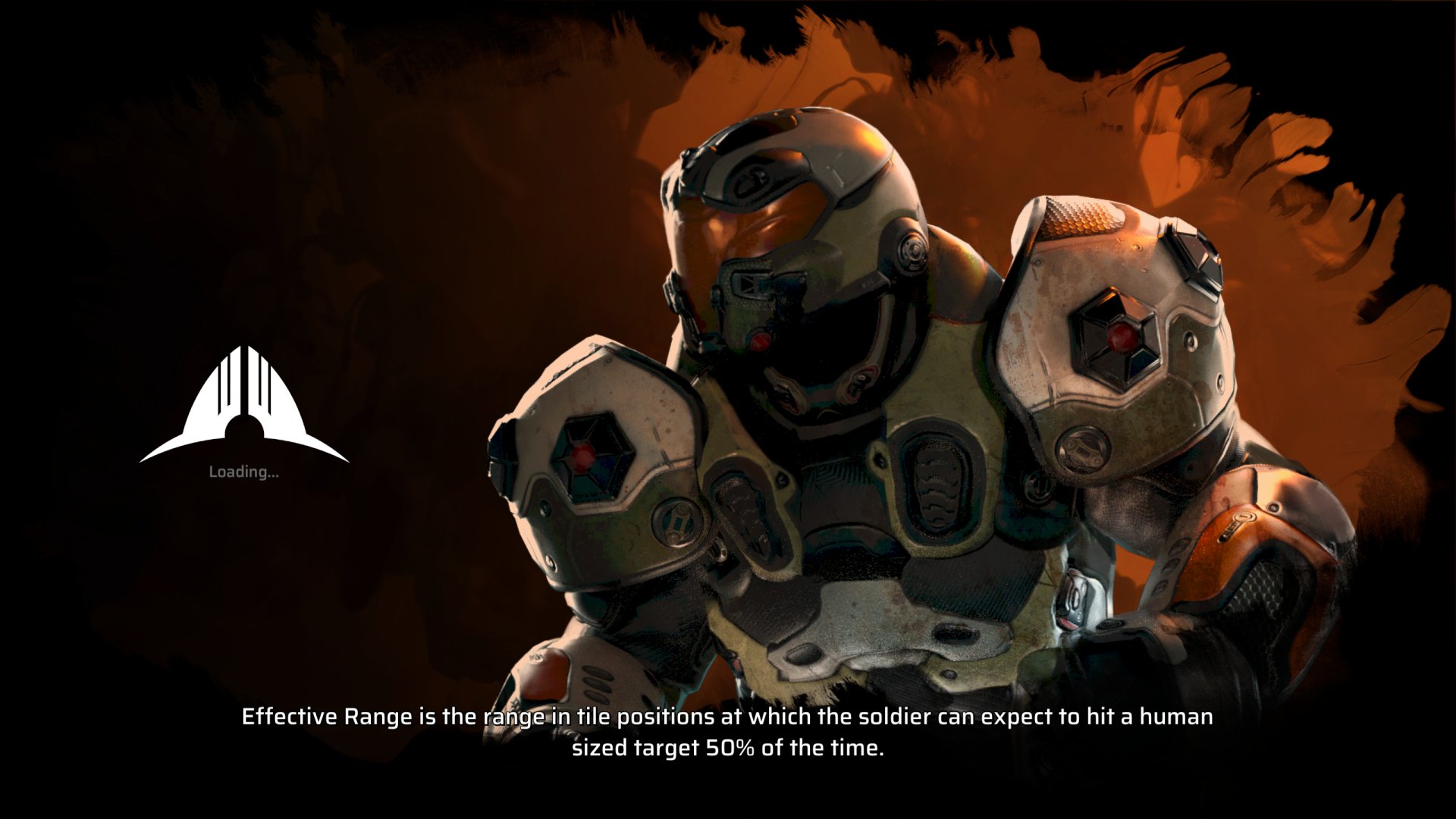
Yet that almost perverse dedication to detail is what makes Gollop’s game stand out in a genre where tidied-up versions of his mechanics have become X-Commonplace. Take free aiming, for instance, which lets you wrench control of your shots away from the computer when you think you could do a better job. Often it’s possible to clear a crabman’s shield and hit him right on his dripping chin which, thanks to a VATS-ish body damage system, causes extra bleeding from the bonce. On a couple of occasions, I’ve made an intelligent guess at where an enemy might be standing, and splattered them straight through a sheet of corrugated iron - a rare FPS-like delight in amongst the turn-based tactics.
You won’t see the true highlights of Phoenix Point down the sights of a spider-launching pistol, though - for that you have zoom right out, into the strategic world view. Your mission there, broadly, is to persuade a growing race of creepy crustaceans, the Pandorans, to get back in the sea. Red mist is spreading inexorably across the globe, an aesthetic downgrade for the fossil-like white continents, and there’s no apparent way to stop it. The solution, it transpires, lies somewhere in the Phoenix Point organisation’s own far-flung and poorly-recorded past. For an ancient enemy, an ancient solution.
From your bases, you send out aircraft to distant objective points where, maybe, somebody left some notes about extra-large harpoons or something. But flying straight there isn’t an option - instead, you have to ping between mystery nodes, spending a few seconds exploring each to discover its nature. Often it’ll be an abandoned town where you can scavenge some materials, or the holed-up home of a few survivors. Sometimes, it'll be a short choose-your-own-adventure sequence; my soldiers once uncovered a luxury shelter, replete with swimming pools, cinema, and dedicated VR room, and had to decide who to donate the projectors to.
As more radar pings pop up on your map, you start to bump into representatives from the game's three non-Pandoran factions, and that’s when things get juicy. The first I stumbled across were the egalitarians of Synedrion, who were busy bickering while the world burned - or rather, while the world became covered in mildew. I preferred them to New Jericho’s Tobias West, a billionaire genius with a cult of personality all too familiar from the old world. The third lot were a more traditional cult - the snail-worshipping Disciples of Anu, who I suspected were spraying red mist on their cheeks as part of their skincare routine. When the latter called for help to fend off a Pandoran attack, I took great pleasure in driving my APC straight through the statues jutting from their marbled streets. I’m helping!
Gollop’s 4X leanings began to show in Snapshot’s last game, Chaos Reborn, and they’re front and centre here. You get the sense that the simulation could happily continue, whether or not you carried on poking at it: New Jericho researching its weapons, Synedrion building and rebuilding training centres, Anu doing whatever it is that Anu does behind closed temple doors. Factions publicly call each other out on their eugenics or militarism, fall out, and declare war. It’s a pleasure to watch, and to get mixed up when it suits you - carrying out raids to fund a fancy new research lab, then sticking the boot in by nicking a plane or two. Phoenix Point’s ground battles with other human beings are its most rewarding, asking you to clamber through windows and clear bases room by room, and offering a real test to your mastery of the cover system.
It’s a shame that, while mission types are varied enough, the least interesting tend to crop up most. In the early part of the game, you’ll spend far too many matches scrapping with crabs over caches of food - or Apple deliveries, as their logos appear to indicate. Watching an oversized shrimp go to town on a barrel of iPhone parts, when you know there are Pandoran nests and sci-fi cityscapes out there, becomes tiresome quickly.
But that’s where Phoenix Point really is about choosing your own adventure. It’s just as feasible to trade your way to materials you might otherwise have to laboriously scavenge, or to steal them - the simulation is flexible enough that you can forefront the most enjoyable encounters. Not that you should have to do that yourself, mind.
There’s slow-burn greatness in Phoenix Point. It’s a game where you might be exploring a site, bracing for ambush, but instead find an abandoned theme park dedicated to a novelty boy band of hedge fund managers called the Lucrative Lads. Where you dread the thud of a parasitic worm dropping from a roof to the ground at your feet. Where the cold utilitarianism trained by XCOM slowly melts, and ideology begins to influence your diplomacy. It’s warmer, stranger, than its genremates. But it’s harder work to enjoy. Like its most outlandish guns and powerful armours, it takes a few hours’ research to get there.



